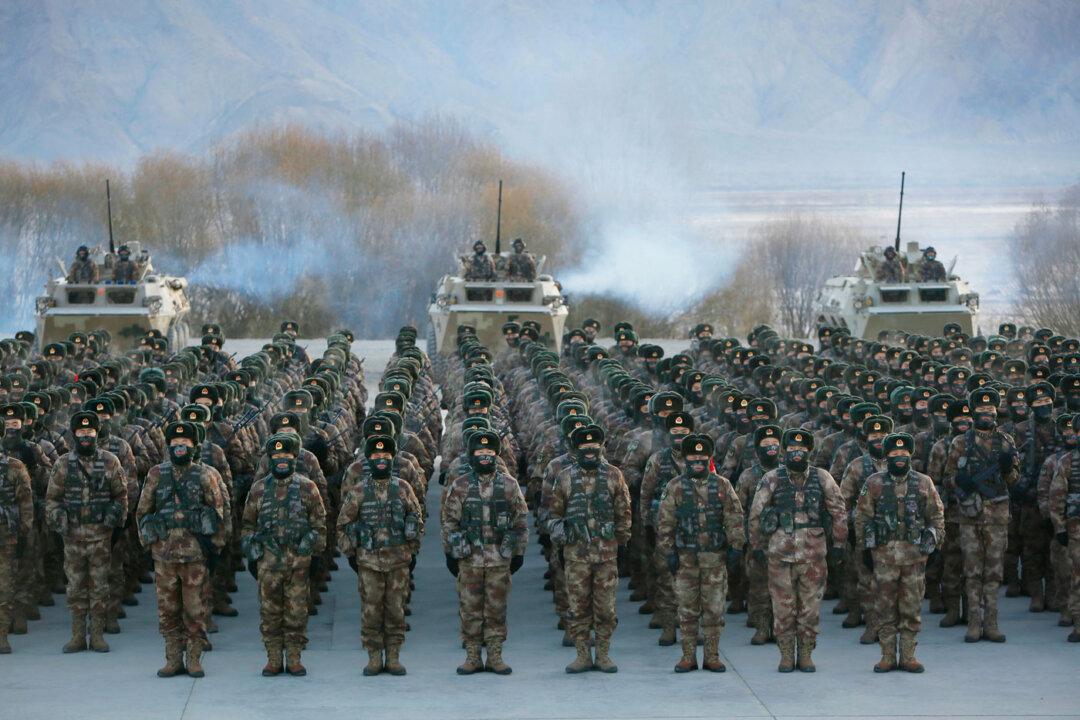MPs are calling for federal government countermeasures against China’s targeting of Canadian innovation for theft as it tries to gain an edge for its own military and technological development.
A May 2 report from the House of Commons Standing Committee on Science and Research compiles expert testimonies from nine committee meetings held between June and November 2023. The experts highlighted threats from the People’s Republic of China (PRC) to Canadian academic institutions and research centres, including the “dual-use” of technologies for military and civilian purposes and intellectual property theft.





